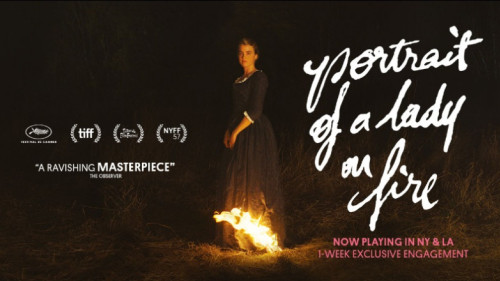Volume 19, Issue 9 / September 2015
Sexuality in the Cinema
In this issue
This issue deals with the depiction of sexuality in cinema. Since this is a topic that could rope in the vast majority of feature films, the issue is more specifically interested in films which subvert and deconstruct traditional representations of sexuality, typically the dramatization of male fantasies of domination which, in turn, support the political and social institutions and practices associated with patriarchy. In film studies, of course, the groundbreaking essay which explored the implications of the representation of sexuality in classic cinema was Laura Mulvey’s 1975 piece “Visual Pleasure and Narrative Cinema,” and several of these essays use Mulvey’s ideas in their analyses. The first two essays deals with French filmmaker Catherine Breillat. Colin Arason writes that “part of being provocative is provoking people,” and this remark is very true of Breillat, who has made a series of films using transgression and violating taboos to challenge mainstream depictions of sex. Arason argues that in Anatomie de l’enfer (2004), she follows Mulvey’s strategy of destroying the “pleasure” of viewing objectified cinematic sex by using explicit and disturbing images that deliberately deflate the viewers’ erotic expectations in a sado-masochistic tale of shifting sexual domination. Similarly, Troy Bordun finds in Breillat’s Fat Girl (2001) an appropriation of genre tropes from horror, melodrama and pornography to create a cinema of the horrible that critiques and undermines patriarchy and the cinematic representations of sexuality that supports it. Even before Mulvey’s essay, there were filmmakers exploring the connections between the political institutions and social practices associated with a patriarchal society and the oppression of women. Frédéric St-Hilaire discusses the ways in which 1960s Japanese New Wave directors Shohei Imamura and Yoshishige Yoshida use the Japanese bedroom, center of the Japanese home, to explore the victimization of women in Japan’s rigid society and Donato Totaro looks at The Witch Who Came from the Sea (1976), an unusual horror film that deliberately replaces Mulvey’s celebrated “male gaze” with a “female gaze,” anticipating by several years the later wave of films featuring sociopathic female killers. As in the films discussed by this issue’s other contributors, issues of rape and sexual domination, in reference to both their legacy and their depiction, are central to Witch. The final essay analyzes Pedro Almodóvar’s The Skin I Live In (2011), another narrative which is concerned with rape and sexual oppression, but in a bizarre and often darkly comic context which Almodóvar uses to explore representations of transsexuality. (David Hanley, guest editor)














